Feeling demotivated or losing your passion for toy photography? You're probably burned out.
Creative burnout, and its cousin flameout, rears its head for most of us at some point in our hobby but there are 4 mindsets in particular that seem to cause it more than others in toy photographers.
I’m ten years into toy photography this month and I’ve felt burned out a few times before for sure.
I've also seen dozens of top talent leave the hobby suddenly, sometimes quietly and other times with dramatic “it's not worth it” exits. The signs of burnout were always there though so none of the departures were unexpected.
So, allow this grizzled veteran to share with you some burnout mindsets I’ve learned to recognize, overcome, and avoid so you can too.
Mindsets to avoid as a toy photographer
First I want to make clear that I’m talking about toy photography as a hobby– an enjoyable leisure activity– rather than a business or side hustle. These are two different things entirely and don’t share the same goals.
And second, leaving the hobby because of work, family, and life commitments isn’t burnout. Having a hobby is a zero-sum game: in order to create time for it, you have to take time from something else. Some things are much more important than your hobby.
You’re a perfectionist
We talk about perfectionism as if it’s a good thing but it’s a really crippling and destructive trait that leads to burnout. The tricky bit is that perfectionism is sometimes difficult to distinguish from having high personal standards.
What’s perfectionism? It’s all-or-nothing thinking, fear of failure, and excessive control. The mindset is if you can’t make something perfectly, then don’t make it at all.
Naturally, a perfectionist’s body of work is small because they are non-starters. They procrastinate because it’s better than not getting the result they envisioned. And we all know when you’re not doing, you’re not growing.
So that was me early on. I didn’t shoot much because I wanted my Instagram profile to function as a portfolio of my best shots, in spite of everyone else making photo dumps of cute cats.
I couldn’t create anything that matched the vision I had in my head so I said “f it” and didn’t bother.
What’s the fix here?
Elsa knows: let it go. But better advice is to meet 80% of your expectations instead of 100%. Give yourself some room to make mistakes, knowing that you can learn from them.
If you aim for perfection every time, there’s a good chance you might not get it, and therefore it’s not worth trying.
But if you tell yourself that you can get at least 80% of what you wanted, then you’ll pick up that camera and take on the challenge. If you can polish that photo to 85%, 90%, or whatever, then go for it. But make your initial goal achievable first.
You’ll create more and learn more in the process. Quantity (of experience) is better than quality (of result).
Your real goal is getting likes and validation
Most people get into toy photography for the same reason you get into any hobby: it’s fun and fulfilling for you. That’s the whole point: to enjoy yourself, maybe even challenge yourself to grow.
I don’t think anyone gets into this hobby to try to get internet famous; toy photography is an extremely poor choice of niche if that’s the case.
But it’s apparent that as soon as someone gets a little attention on social media, they quickly trade in the joy of creating for themselves for the joy of getting likes from others.
The reward they felt from making something in private or in a small group is too easily eclipsed by the thrill of seeing numbers— public numbers— go up.
These people have a new motivation so they start pushing themselves hard to create more photos for the internet to like. They look at trends and pick those up to ride the attention wave. They search for hacks to increase their reach and engagement. And the most egregious, they start asking the internet what they should be making.
Dance, monkey, dance!
Having to constantly perform for an algorithm and likes from strangers can obviously lead to burnout.
That’s a pretty sad situation to be in if you’re a hobbyist. If you’re doing it for monetization, however, absolutely do what your audience and the platform wants.
So what’s the fix?
Remember that doing the hobby is the real goal; reconnect with why you started in the first place. Once you admit you got swept up in the attention game, you’ll be able to shoot for yourself and avoid getting distracted again.
Take it a step further and change your settings on social media apps. I have notifications disabled so I’m not constantly getting dopamine hits with each like or comment.
I’ve also restricted people from craving my attention by not allowing everyone to tag me in their photos.
You’re comparing too much
Comparison is the thief of joy, wrote Theodore Roosevelt over 100 years ago and that’s still true today. I’m not talking about healthy comparisons to help you establish a standard or benchmark for your own progress, but the toxic kind fuelled by vanity metrics on social media.
I used to get annoyed that some low-effort photos posted on Instagram would get more likes than mine did, but I came to realize that we all have different reasons to create and share our work.
For example, content creators want to have brands notice them and maybe sponsor them so they make lots of content around that brand.
My own goals are to have a public record of my photos including my most meh work— because I’m no longer a perfectionist— so I can easily review my progress and see patterns.
Another goal is to get my work in front of fans of LEGO and other toy photographers so we can enjoy the fandom and hobby together.
To fix the problem of comparing my work against others’ too much, I’ve turned off like counts globally. I never see how many likes other photos get. Any thoughts about why a particular post has x number of likes don’t even form in my head because I just removed the most visible point of comparison.
I compare my recent work against my older work instead, which is much healthier. I just scroll through my own profile to get a quick overview of how far I've come and that's always good motivation for me.
Unless…
You’re not learning new things
Complacency is a creativity killer. It’s the mindset that embraces mediocrity rather than innovation.
It’s easy to get complacent: you get comfortable using the same settings, being in the same environment, posing the same subject, and so on. And all that, you package as your “style” but really, it’s just a dependable routine you’ve fallen into.
You never level up as it would break that routine. Eventually though, it becomes boring and you lose interest.
That’s not to say that you should completely change up your workflow all the time. Putting up hurdles to clear for every photo would likely land you in creative paralysis. But giving yourself some challenges from time to time could help you stay interested in the hobby longer.
One thing to try is changing one part of your workflow. Write a sentence that describes your typical style and just swap out one word for the opposite.
So if you shoot mostly minifigs outdoors with a long macro lens under cloudy skies, for example, try shooting under clear skies. Just one word: clear instead of cloudy.
You’ll learn a lot about shadows, shapes, textures, contrast, reflections, and more just by going out under different weather conditions.
Keep replacing words as little challenges: long lens for short lens, figure for vehicle, natural light for artificial light, outdoors for indoors, and so on.
You’ll see how much broader your skill set becomes in no time this way. It also motivates you to keep shooting because you’re excited about discovery.
The challenges don’t run out because they can become more complex too: swap two words, now three.
Keeping your head in improving your photography rather than falling into any other of the bad mindsets I’ve laid out previously is key to preventing burnout.
Take healthy breaks and do something else
Stepping away from toy photography for a while can also be a good way to recharge. A hobby is a commitment too and we should give ourselves space for those, and from those.
I’ve tuned out for weeks and months before by completely disconnecting from toy photography. Not only did I not take any photos, but I also didn’t even look at any on Instagram.
That’s one benefit of having a dedicated account for each interest: I can just ignore an entire feed of toy photography by not switching to my Four Bricks Tall profile.
If I wanted to take photos, I explored other genres like product, landscape, timelapse, architecture, street, underwater, etc.
But mostly, I would read and be inspired by characters, or watch a movie and marvel at the lighting setup, or look at some paintings and admire the composition. I would even just watch how the sunlight passed through my glass of beer, creating interesting graphics of shadow and color on the table.
Activities like these are enjoyable on their own, but if you’ve got a photographer’s eye, you’ll soon be picking up the camera again to capture these new ideas you have in your head.
Toy Photography Features
One thing my kid started getting into is Funko Pop bobblehead toys. I think they are really cute figures and I love the photography from the Funko Pop community.
Here are some that caught my eye this month:

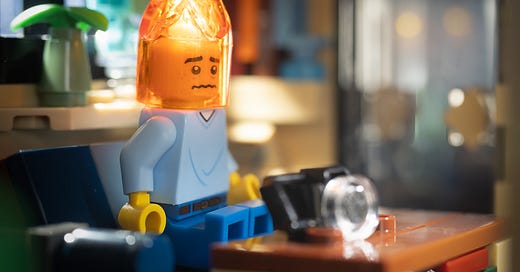



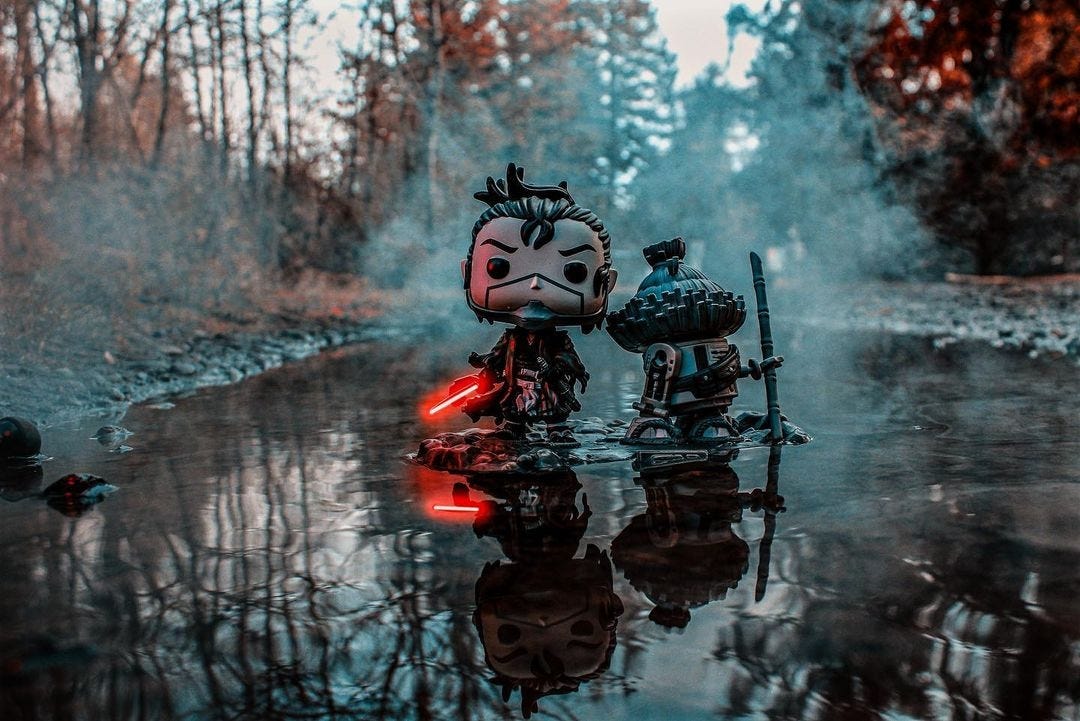
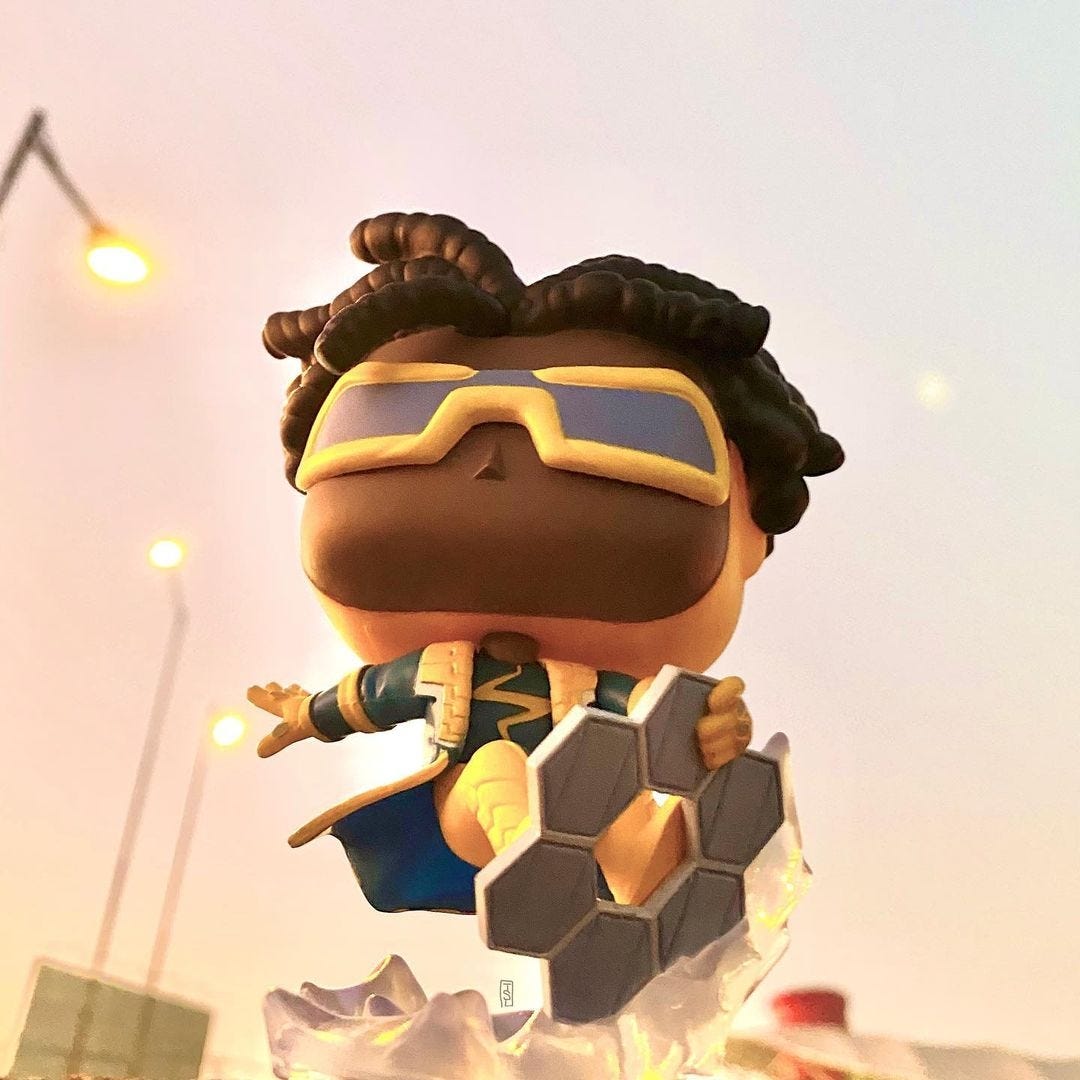

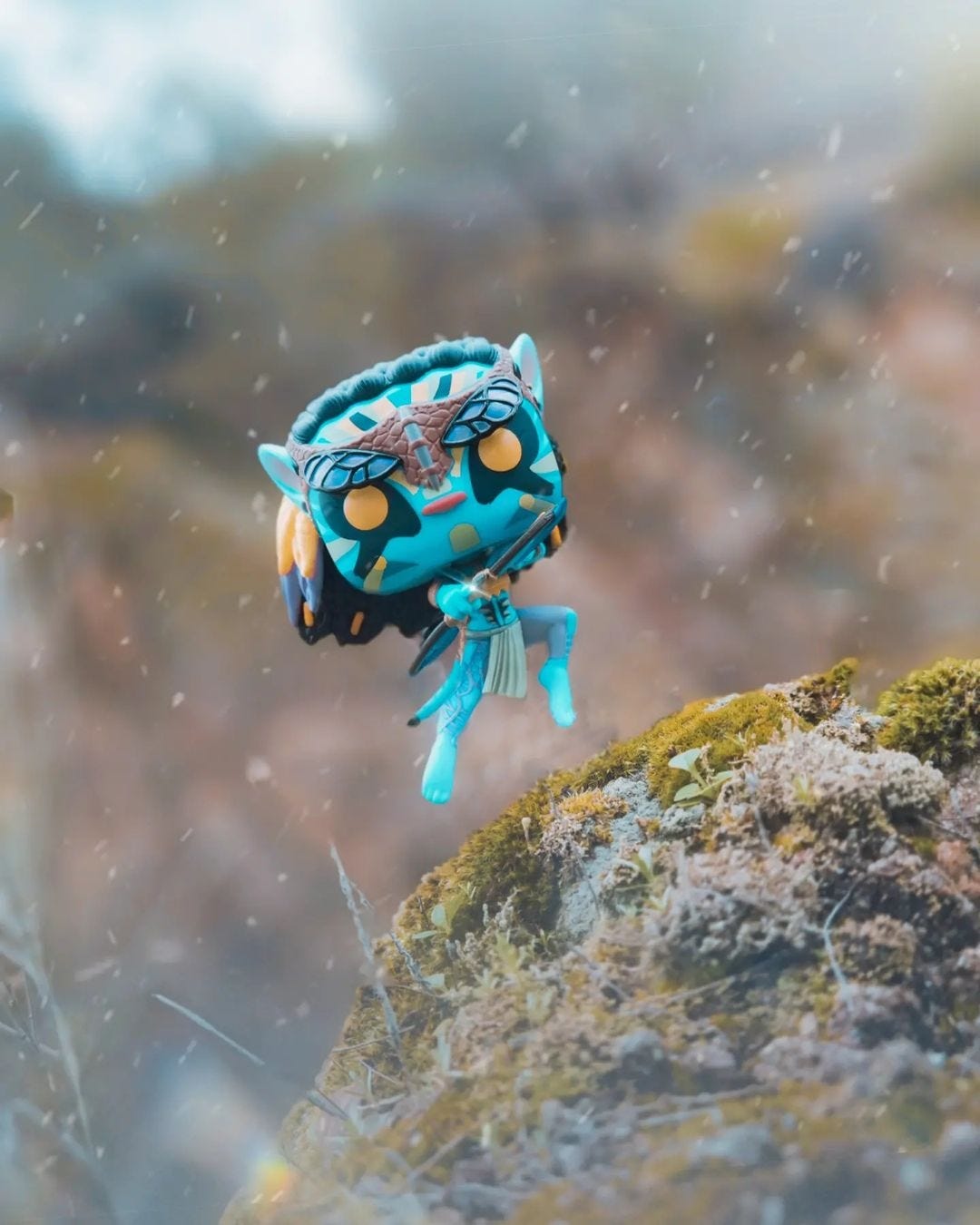
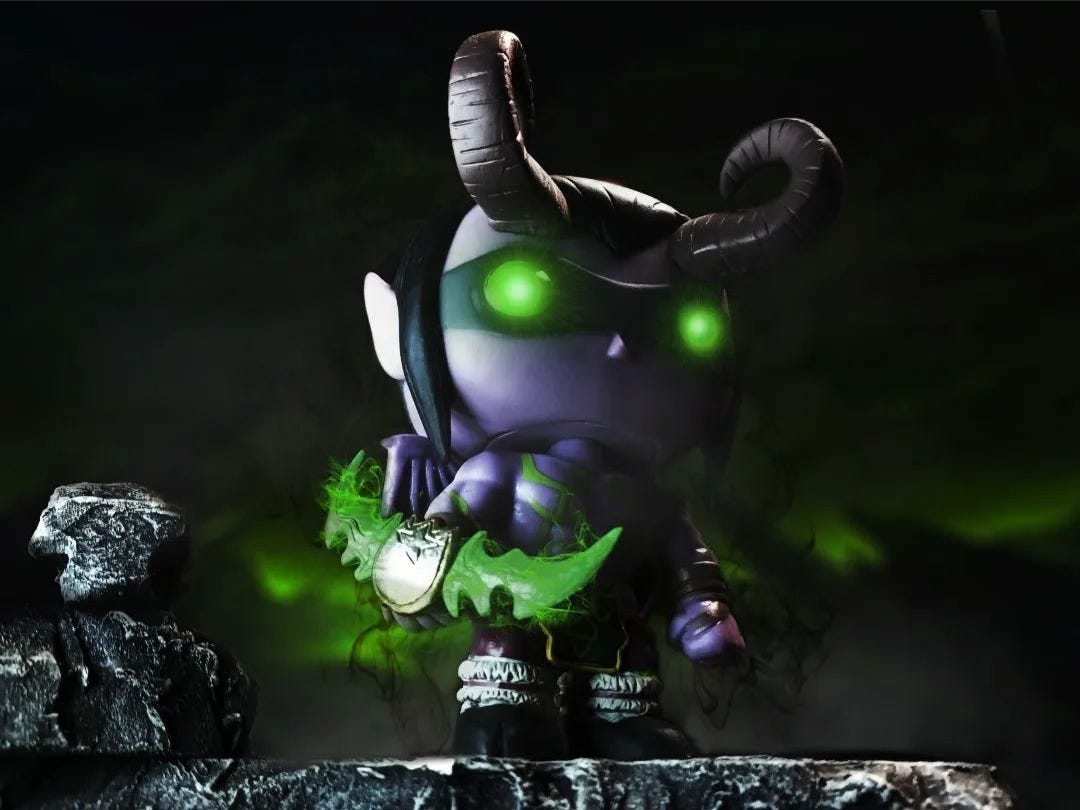
This is a wonderful article. I've burned myself out with three of those reasons (perfectionism, comparison and not learning new things). Usually taking a break and reminding myself that this hobby is supposed to be fun will get me back into the mood to take pictures. Still, it's hard not to be a perfectionist though :-)
The times I’ve definitely felt closest to burnout is when I start thinking about it from a content creator mindset. At those times, I’ve have to take a step away for a little to realign my own purpose behind toy photography. Lately I’ve been thinking about going back to solely using Flickr because it lacks all of the content shoving and “handy” bells and whistles that Instagram and Tumblr have even with all the notifications and likes turned off.
But yeah, great article!